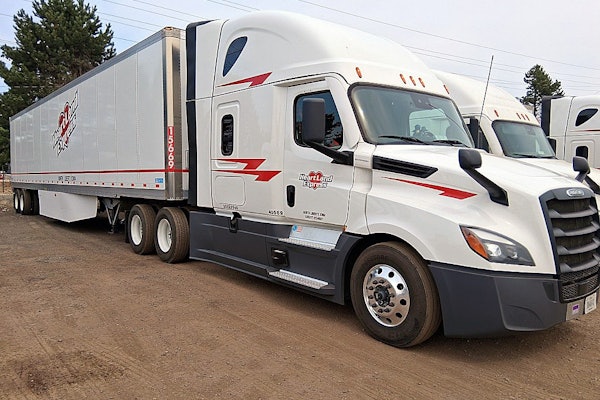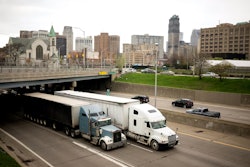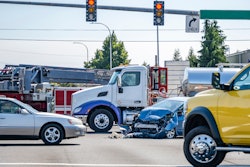The Commercial Vehicle Safety Alliance on Wednesday, April 22, called for a repeal of hours-of-service exemptions for both agricultural and utility service motor carriers following a study by the U.S. Department of Transportation’s Volpe National Transportation Systems Center.
The study found that agricultural carriers operating exclusively within a 100-mile radius had a 19 percent higher crash rate than agricultural carriers operating outside a 100-mile radius during the period of 2005-2007. The study also saw utility service motor carrier crash rates jump by 40 percent during this same period.
“Since driver-related factors are such a large contributor to crashes, it stands to reason that the hours-of-service exemptions provided in the last Highway Act (SAFETEA-LU) are largely responsible for the increased rates,” says Stephen F. Campbell, CVSA executive director, who called the Volpe study a compelling reason to repeal these hours-of-service exemptions. “Safety is clearly compromised by these exemptions, and they should be repealed in the upcoming Transportation Reauthorization Act,” Campbell says.
SAFETEA-LU exempted agricultural carriers from the hours-of-service regulations if they operated only within a 100-mile radius from their central base of operation. It also exempted utility service vehicle drivers from all hours-of-service regulations.
The study also showed that in 2007, agricultural carriers as a whole had higher violation and out-of-service rates than the rest of the trucking industry in the categories of unsafe driver, driver fitness, vehicle maintenance and improper loading; the overall average increase was 32 percent. Agricultural carriers operating solely within a 100-mile radius had higher violations and out-of-service rates than those operating outside of a 100-mile radius in the categories of unsafe driving, driver fitness, vehicle maintenance and improper loading; the overall average increase in this case was 24 percent.
CVSA also is proposing that all motor carrier safety exemptions, whether provided in statue or by regulation, should be sunsetted on a date certain in the future with the requirement that they be reapplied for, following the process specifically outlined in Section 31315 of the U.S. Code, Title 49; this process would be administered by the Federal Motor Carrier Safety Administration.
Section 31315 requires that in order for a safety exemption to be granted, the group seeking such an exemption must demonstrate to the U.S. Secretary of Transportation that “such exemption would likely achieve a level of safety that is equivalent to, or greater than, the level that would be achieved absent such exemption.” This effort also would require FMCSA to review their 1988 tolerance guidelines on intrastate exemptions and withdraw those no longer justified.
“If an exemption is not justified based on performance data, or pursued in a uniform and systematic manner, it not only compromises safety — it also violates the basic principle of uniformity which CVSA advocates,” Campbell says. “This lack of uniformity creates confusion among roadside officers, which leads to less than optimal oversight and enforcement.”
Protecting the agricultural exemption for motor carriers is critical to crop production around the country, said Russell Laird, executive director of the American Trucking Associations’ Agricultural and Food Transporters Conference. “Agricultural seasons often do not comply with exact schedules,” said Laird. “Weather determines when and how fast you move, so farmers need work flexibility to get their crops in and out of the fields.”














